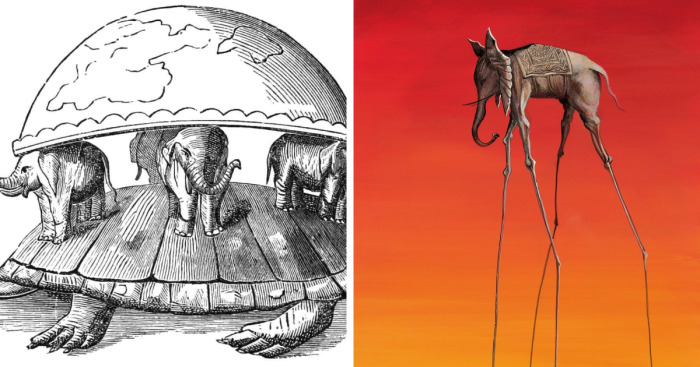
Hey Pandas! Today Is The International Elephant Day, Let’s Celebrate With A Bit Of Culture!
Elephants are majestic !! We all love them. They have always been part of pop culture and we cherish them. We grew up with iconic elephants like Dumbo, Elmer, Babar, and many others.
We all know what an elephant looks like and how impressive they are. Elephants, the largest of all land animals in the world, can weigh up to 260 pounds.
It takes a female 22 months from conception to having a baby. This is longer than any other animal in the world.
The average life span for an elephant in the wild is from 50 to 70 years. The oldest known elephant in the world lived to be 82 years of age.
The heaviest elephant in the world weighed 26,000 pounds.
The trunk of an elephant has more than 150,000 muscles and tendons in it.
We all know there are elephants in Africa and in Asia and that African elephants have larger ears but did you know there are in fact three species of elephants; the African Savannah Elephant, the African Forest Elephant, and the Asian elephant and that each one has subspecies?
Did you know Asian elephants have one more toenail on each foot than African elephants?
Unfortunately, the African elephant is labeled as a vulnerable species while Asian elephants are endangered species. There are a couple of main reasons why elephants are endangered – the illegal killing of them and the destruction of their habitat.
In many areas of the world, elephants are held in high regard. So let’s celebrate them!
Today we will explore once again a topic through a different perspective! Let’s explore the elephant world through History, Religions, Mythology, and Arts!
Joseph Carey Merrick, the real life Elephant Man
Image credits: www.impawards.com
Joseph Carey Merrick (5 August 1862 – 11 April 1890) was an English man known for having severe deformities.
He was first exhibited at a freak show as the “Elephant Man”, and then went to live at the London Hospital after he met Frederick Treves, subsequently becoming well known in London society.
The exact cause of Merrick’s deformities is unclear. In 1986 it was conjectured that he had Proteus syndrome. DNA tests on his hair and bones in a 2003 study were inconclusive.
Merrick’s life was depicted in a 1979 play by Bernard Pomerance, and a 1980 film by David Lynch, both titled The Elephant Man.
Jules Verne’s Steam House
Image credits: julesverne.nantesmetropole.fr
The Steam House (French: La maison à vapeur) is an 1880 Jules Verne novel recounting the travels of a group of British colonists in the Raj in a wheeled house pulled by a steam-powered mechanical elephant. Verne uses the mechanical house as a plot device to have the reader travel in nineteenth-century India. The descriptions are interspersed with historical information and social commentary.
The book takes place in the aftermath of the Indian Rebellion of 1857 against British rule, with the passions and traumas aroused still very much alive among Indians and British alike. An alternate title by which the book was known – “The End of Nana Sahib” – refers to the appearance in the book of the historical figure—rebel leader Nana Sahib—who disappeared after the crushing of the rebellion, his ultimate fate unknown. Verne offers a fictional explanation to his disappearance.
Charles Ribart’s three-level elephant building project
Image credits: en.wikipedia.org
In 1758, French architect Charles Ribart planned an addition to the Champs-Élysées in Paris, to be constructed where the Arc de Triomphe now stands. It consisted of three levels, to be built in the shape of an elephant, with entry via a spiral staircase in the underbelly. The building was to have a form of air conditioning, and furniture that folded into the walls. A drainage system was to be incorporated into the elephant’s trunk. The French Government, however, was not amused and turned him down.
Nothing became of this, but in the early 19th-century, Napoleon conceived of an even larger elephant structure, the Elephant of the Bastille. Although the ambitious project was never completed with its intended bronze elephant, a full-sized plaster and wood-frame model stood in its place. After Napoleon’s defeat, this structure eventually became a neglected eyesore, and a setting in Victor Hugo’s 1862 novel, Les Misérables.
South China Mall, the biggest white elephant ever
Image credits: sometimes-interesting.com
Located about 50 miles north of Hong Kong in Dongguan, China, the New South China Mall is the largest abandoned mall in the world by gross leasable area. Twice the size of United States’ Mall of America, it was opened with room for 2,350 stores in 7.1 million square feet of leasable space.
No mall in the world can rival New South China in any category, except perhaps number of tenants.
Despite having every amenity a shopper could want, the mall has been 99% vacant since it’s opening in 2005.
The term “white elephant”, relating to an expensive burden that fails to meet expectations, was first used in the 1600s and became widespread in the 1800s.
Côte d’Ivoire
Image credits: fr.wikipedia.org
Ivory Coast, also known as Côte d’Ivoire, officially the Republic of Côte d’Ivoire, is a country located on the south coast of West Africa.
Originally, Portuguese and French merchant-explorers in the 15th and 16th centuries divided the west coast of Africa, very roughly, into four “coasts” reflecting resources available from each coast. The coast that the French named the Côte d’Ivoire and the Portuguese named the Costa Do Marfim (both, literally, mean “Coast of Ivory”) lay between what was known as the Guiné de Cabo Verde, so-called “Upper Guinea” at Cap-Vert, and Lower Guinea. There was also a Pepper Coast, also known as the “Grain Coast” (present-day Liberia), a “Gold Coast” (Ghana), and a “Slave Coast” (Togo, Benin and Nigeria). Like those, the name “Ivory Coast” reflected the major trade that occurred on that particular stretch of the coast: the export of ivory.
The country retained the name through French rule and independence in 1960. The name had long since been translated literally into other languages, which the post-independence government considered increasingly troublesome whenever its international dealings extended beyond the Francophone sphere.
Therefore, in April 1986, the government declared that Côte d’Ivoire (or, more fully, République de Côte d’Ivoire) would be its formal name for the purposes of diplomatic protocol, and since then officially refuses to recognize or accept any translation from French to another language in its international dealings.
The Republican elephant
Image credits: en.wikipedia.org
In 1874, Thomas Nast, a German-born American caricaturist and editorial cartoonist often considered to be the “Father of the American Cartoon”, featured the first notable appearance of the Republican Party’s elephant.
Banksy’s painted elephant
Image credits: politis.com.cy
“‘Barely Legal” was a show by graffiti artist Banksy, held in an industrial warehouse in Los Angeles, California, in 2006.[1] The free show was held over the weekend of 16 September 2006.
Part of the exhibition was a 37-year old Indian elephant that was painted to match the wallpaper of the room in which it was placed. The show was meant to address important issues such as poverty, which is ignored by most people,[2] the animal refers to the metaphor of the elephant in the room.
Andy Warhol’s Endangered Species
Image credits: publicdelivery.org
In 1983, Warhol was commissioned by his friend and publisher Ron Feldman and his wife Freyda to create the series of ten endangered species. Both Freyda and Ronald were celebrated political activists who were very active philanthropists. In 1983, they asked Warhol to create a portfolio of ten endangered species to raise environmental consciousness. Other animals featured in the series include the Pine Barrens Tree Frog, the Bald Eagle and the Siberian Tiger. The portfolio features some of Warhol’s most vibrant and surreal colors, which highlight the features of the animals in an abstract manner.
Salvador Dali’s stork-legged elephant
Image credits: www.artmarket.co.uk
The stork-legged elephant, found in many of Salvador Dalí’s works, is one of the surrealist’s best known icons, and adorn the walls of the Dalí Museum in Spain. Dali used an elephant motif in various works such as Dream Caused by the Flight of a Bee Around a Pomegranate a Second Before Awakening, The Elephants and in The Temptation of Saint Anthony. The Elephant and Obelisk motif also found its way to various works by this artist.
Acacus Mountains
Image credits: tourslibya.com
The Acacus Mountains or Tadrart Akakus form a mountain range in the desert of the Ghat District in western Libya, part of the Sahara. They are situated east of the city of Ghat, Libya, and stretch north from the border with Algeria, about 100 kilometres (62 mi). The area has a particularly rich array of prehistoric rock art.
This UNESCO World Heritage site features a rock carving of an elephant from the last phase of the Pleistocene epoch (12,000–8000 BC)[16] rendered with remarkable realism
Cyclops
Image credits: turcopolier.com
The scattered skulls of prehistoric dwarf elephants, on the islands of Crete and Sicily may have formed the basis of belief in existence of cyclopes, the one-eyed giants featured in Homer’s Odyssey. As early as the 1370s, scholars had noted that the skulls feature a large nasal cavity at the front that could be mistaken for a singular eye socket and the skulls, twice the size of a human’s, looked as if they could belong to giant humanoids. It is also suggested that the Behemoth described in the Book of Job may be the elephant due to its grazing habits and preference to rivers.
Guruvayur Keshavan
Image credits: keralam4u.blogspot.com
Gajarajan Guruvayur Keshavan (c.1912—2 December 1976) is perhaps the most famous and celebrated temple elephant in Kerala, India. Keshavan was donated to the Guruvayur temple by the royal family of Nilambur on 4 January 1922 .
Standing over 3.2 meters tall, he was one of the tallest elephants that lived in Kerala and was known for his devout behavior. The anniversary of his death is still celebrated in Guruvayur. Many elephants line up before the statue and the chief elephant garlands it.
The Festival of the Tooth
Image credits: en.wikipedia.org
The Kandy Esala Perahera (the Sri Dalada Perahara procession of Kandy) also known as The Festival of the Tooth is a festival held in July and August in Kandy, Sri Lanka. This historical procession is held annually to pay homage to the Sacred Tooth Relic of Buddha, which is housed at the Sri Dalada Maligawa in Kandy. A unique symbol of Sri Lanka, the procession consists of traditional local dances such as fire dances, whip-dance garments. The festival ends with the traditional Diya-kepeema ritual, a water cutting ceremony which is held at the Mahaweli River at Getambe, Kandy.
Indras’s white elephant
Image credits: en.wikipedia.org
Indra, the king of Svarga (Heaven) and the Devas (gods) is associated with lightning, thunder, storms, rains, river flows and war. He was said to ride on a flying white elephant named Airavata, who was made the King of all elephants by Lord Indra. A white elephant is rare and given special significance.
Kenyan myth, The elephant and thunder
Image credits: www.lonelyplanet.com
This Kenyan myth tells how humans destroyed the harmony of creation. Three beings – the elephant, man and thunder – lived on earth, but didn’t get on because of their vast differences. Gradually, thunder became afraid of man’s power and left earth for the sky, whereas the elephant stayed because he thought man was small and harmless.
When man and the elephant were alone, he fashioned poisonous arrows and shot the beast in the back. As the elephant lay dying, it wailed at the sky, begging thunder to save him. But thunder refused, saying that the elephant’s naivety had killed him. As the elephant died, man made more poisonous arrows and went on to kill more living creatures, eventually becoming the master of nature.
The white elephant with six tusks
Image credits: www.readyclickandgo.com
Buddha is said to have incarnated as a white elephant several times. He once lived as Chaddanta, a white elephant with a scarlet face and feet and six tusks. He lived in a golden cave with two wives, Mahasubhadda and Chullasubhadda.
According to one version of the Buddhist story, Chaddanta insulted Chullasubhadda by giving his second wife a lotus flower. Chullasubhadda left him, and eventually hatched a plan – with her new lover the king of Benares – to steal his tusks as an act of vengeance. The king assigned a hunter, disguised as a monk, to retrieve his tusks. Although the elephant could have easily killed the hunter, he recoiled out of respect for religion. The hunter eventually explained the entire story, and Chaddanta cut off his own tusks, handed them to the hunter and died. When the hunter presented them to Chullasubhadda, she died of shock.
Ganesha
Image credits: www.lotussculpture.com
One of the most well-known elephants in religion is the Hindu god Ganesh, who is depicted as a human with an elephant’s head. One Hindu story describes how Ganesh was created by the goddess Parvati, who wanted a loyal son.
Parvati’s husband, the powerful god Shiva, had been travelling while this happened. He was startled by young boy standing near his home, so drew his sword and severed the child’s head. Parvati was enraged and Shiva was distraught. He sent his soldiers out to bring him the head of the first living creature they came across, which just so happened to be an elephant. Shiva attached the elephant’s head on to Ganesh’s body and breathed life into it. He then accepted the boy-elephant hybrid as his own son.
World-Elephants
Image credits: www.wikiwand.com
The “world-elephants” are mythical animals which appear in Hindu cosmology. The names of four elephants supporting the earth from the four directions are given in the Ramayana : Viroopaaksha (east), Mahaapadma (south), Saumanasa (west), Bhadra (north). Discworld, a comic fantasy book series written by the English author Terry Pratchett is based on this myth
Lin Wang, World War II Veteran and National Symbol of Taiwan
Image credits: www.wikiwand.com
In 1942 the Japanese invaded Burma, commandeering work elephants to build roads and fortifications. A year later, Chiang Kai-shek’s Chinese Expeditionary Forces captured 13 of the Japanese elephants, marching them to China along the Burma Road. After World War II’s end, the seven surviving elephants from that group were used to build war monuments. In 1947 three were taken to Taiwan. Three years later, there was only one surviving elephant. Nicknamed Lin Wang (“forest king”), the elephant was donated to the Taipei City Zoo in 1954, where he became a popular attraction. After his death in 2003 at the published age of 86 (few elephants live past 70), Lin Wang was made a posthumous citizen of Taipei
Jumbo, the Elephant Who Became an Adjective
Image credits: www.nwitimes.com
Though it was never given to a king or president, the 19th’s century’s most famous pachyderm counted Queen Victoria as a devoted fan. Captured by a river in the spring of 1861 in what is now Mali, Jumbo was eventually taken, by way of a French zoo, to the London Zoological Society. There the bull elephant became a hugely popular attraction, ferrying a dozen children at a time around the garden. His name quickly became a synonym for anything gigantic. In 1882 the zoo set off a nationalist controversy after it agreed to sell Jumbo to the American entrepreneur and showman P.T. Barnum for $10,000. Donor campaigns, prayer vigils and Jumbo’s own dislike of shipping crates were ultimately unable to keep him on British soil. It took Barnum just two weeks of American circus ticket sales to recover the cost of Jumbo’s purchase and transport.
Thomas Jefferson’s Mistaken Mammoth
Image credits: www.thegreatcoursesdaily.com
In 1801 pioneering American natural historian and museum-founder Charles Willson Peale asked President Jefferson for a federal grant to excavate a set of bones that had been uncovered in a tar pit near Newburgh, New York. Jefferson obliged, and Peale uncovered the first known full remains of a North American mastodon, a prehistoric cousin of the elephant and mammoth that went extinct 11,000 years ago. Misidentified as a mammoth, the skeleton of the 11-foot-tall animal was put on display at Peale’s Philadelphia museum. In 1804 Jefferson, who doubted that species could go extinct, instructed the leaders of the Lewis and Clark expedition to keep an eye out for any mammoths, living or dead, as they journeyed to the Pacific. In 1807 Jefferson commissioned William Clark to collect mammoth fossils from Big Bone Lick, Kentucky. Clark then forwarded set of bones to the White House, where Jefferson enthusiastically laid them out in the East Room.
Hanno: Pope’s Pet, Artist’s Muse, and Critic’s Barb
Image credits: de-academic.com
In 1514 a grand procession, led by the Portuguese explorer Tristan de Cunha, wound its way into Rome. Its highlight was a white Indian elephant, covered in gold brocade and topped with a silver safe containing precious gifts. This was Hanno, sent by King Manuel I of Portugal as a gift to Pope Leo X. On cue, the trained animal knelt before the pontiff, and delighted onlookers by spraying them with a trunkful of water. Hanno was the centerpiece of Manuel’s strategy to win papal backing for Portugal’s claim to the newly discovered Spice Islands in present-day Indonesia—then the world’s sole source of mace and nutmeg. The strategy worked, and for several years Hanno made appearances at various Roman festivals. After the elephant died in 1516 at the age of seven, Leo commissioned the artist Raphael to create a memorial portrait of the beast (now lost). Leo’s devotion to Hanno provided fuel for the pope’s critics, including Martin Luther, describing Leo as “indolently catching flies while his pet elephant cavorted before him.”
Henry III’s elephant
Image credits: www.chegg.com
Henry III, who ruled England from 1207 to 1272, was the recipient of France’s Louis IX gift, an African elephant. Henry quickly dispatched the Sheriff of London to build, without delay, “one house of forty feet long and twenty feet deep, for our elephant.” Crowds flocked to see it, including the English chronicler and illustrator Matthew Paris, who made a remarkably detailed illustration of the beast. Sadly, after just two years as the toast of London, Henry’s elephant died, purportedly after having been given too much red wine to drink.
Abdul-Abbas, Charlemagne’s Elephant
Image credits: commons.wikimedia.org
In A.D. 801, a Jewish trader named Isaac returned to Europe after a four-year mission to the Persian Empire and Africa. He had been sent by Charlemagne, the Frankish king who was crowned the first Holy Roman Emperor, to procure an elephant from Haroun-al-Raschid, the Abbasid Caliph who would later be immortalized in many of the “Arabian Nights” stories. Known for making Baghdad a cosmopolitan center of religious and scientific study, Haroun sought friendly relations with Charlemagne in part to counterbalance two rival dynasties—the Byzantines in Greece and the Umayyads in Spain. The elephant, named Abdul-Abbas after the founder of the Abbasid empire, found a welcome home at Charlemagne’s court at Aix-la-Chapelle (today’s Aachen, Germany). Charlemagne took Abdul-Abbas to war with the Danes in 804, but the elephant steered clear of the fighting.
Mahmud, the Elephant Whose Arrival Marked Muhammad’s Birth
Image credits: www.oasiscenter.eu
The first year of the Islamic calendar corresponds to A.D. 622, the year of the Hirja (the prophet Muhammad’s emigration from Mecca to Medina), but the prophet’s birth occurred 52 years earlier, in what is known in the Islamic world as the “Year of the Elephant”—so named because it was the year a Christian Yemeni ruler attempted (with one or more war elephants) to invade Mecca and destroy the Kaaba, the central shrine in Mecca that predated Islam. According to Islamic tradition, the lead elephant, prophetically named Mahmud, halted at the border of Mecca and refused to enter.
Kandula, the elephant who helped unify Sri Lanka
Image credits: www.history.com
Kandula was the trusty companion of King Dutugamunu, the second-century B.C. ruler of Sri Lanka, who famously defeated King Elara, his South Indian rival, to become ruler of the entire island of Ceylon (today’s Sri Lanka). Captured in the forest around the time of Dutugamunu’s birth, the elephant Kandula grew up alongside the young prince. As the royal mount, he performed heroically in the siege of Vijitanagara (161 B.C.), returning to finish breaking down a fortified gate after recovering from having molten pitch poured on his back. According to the Mahavamsa, an ancient Buddhist chronicle, the king rushed to Kandula to administer a salve, exclaiming, “Dear Kandula, I’ll make you the lord of all Ceylon!”
The elephants of Hannibal
Image credits: commons.wikimedia.org
Widely acknowledged as one of the greatest military leaders in history, the Carthaginian general Hannibal famously invaded Italy from the north in 218 B.C., crossing the Alps from Gaul with an army of foot-soldiers, cavalry and a handful of north African forest elephants.
The sixth, a one-tusked elephant named Surus, became Hannibal’s mount and mobile viewing platform in the marshes of the Arno.
The elephants of Pyrrhus
Image credits: www.gatewaytotheclassics.com
After Alexander, it became fashionable (if not always militarily expedient) for up-and-coming generals to field a few elephants in their armies. In 279 B.C., the Greek general Pyrrhus attempted to revive Alexander’s empire, invading southern Italy with a force that included 20 armed and armored elephants. Pyrrhus hoped his tuskers would terrify the defending Romans, but the beasts’ main effect was to block his own army’s advances through narrow streets. Pyrrhus also ran into the most common difficulty with war elephants: whenever the beasts panicked they often bolted, trampling his own army’s foot soldiers. Pyrrhus’ invasion was successful, but costly, spawning the term “Pyrrhic Victory.”
523views
Share on Facebook
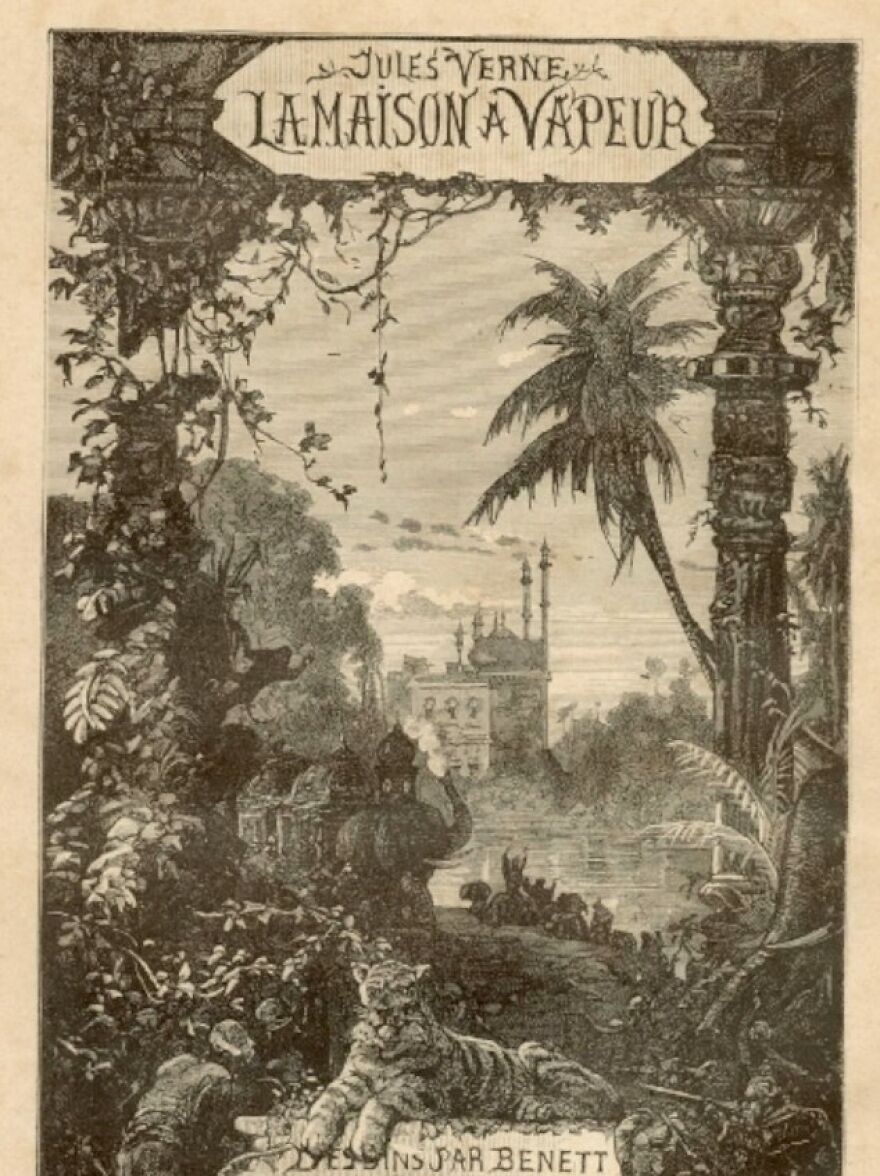
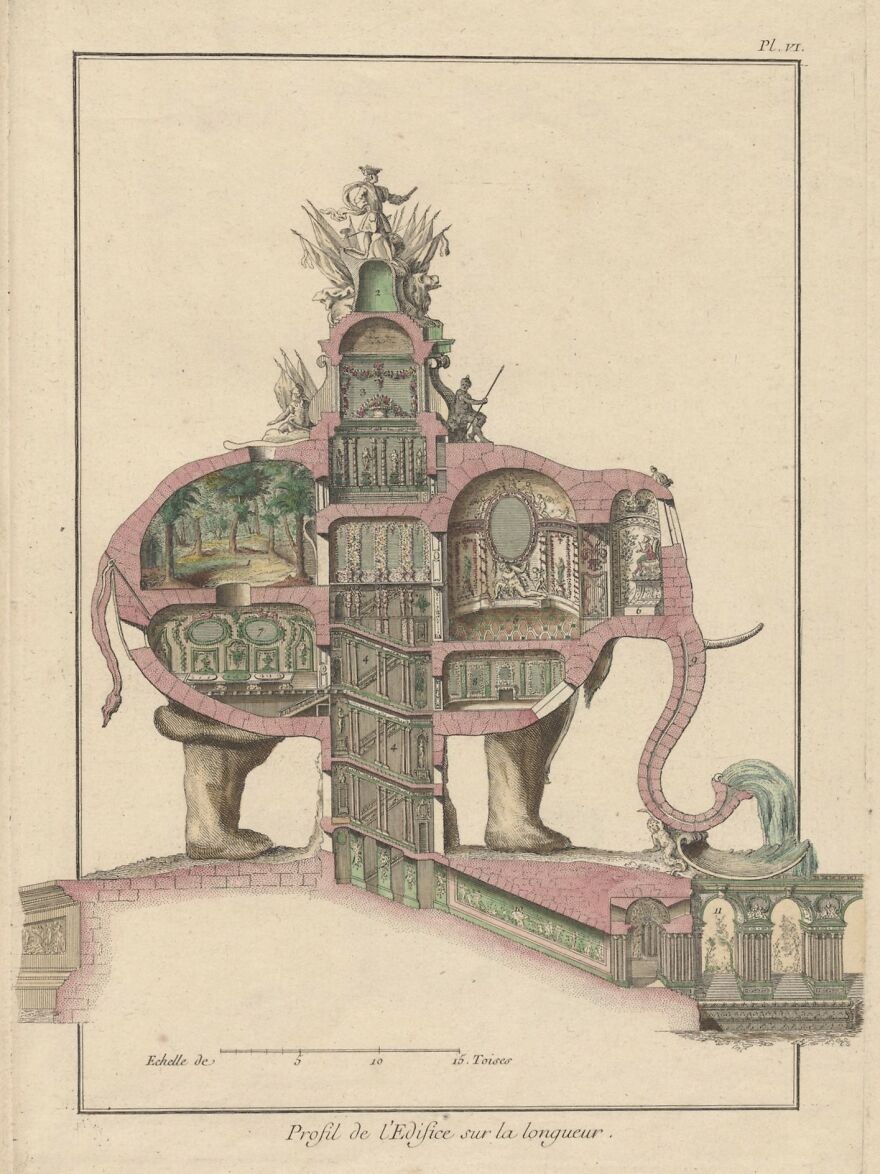


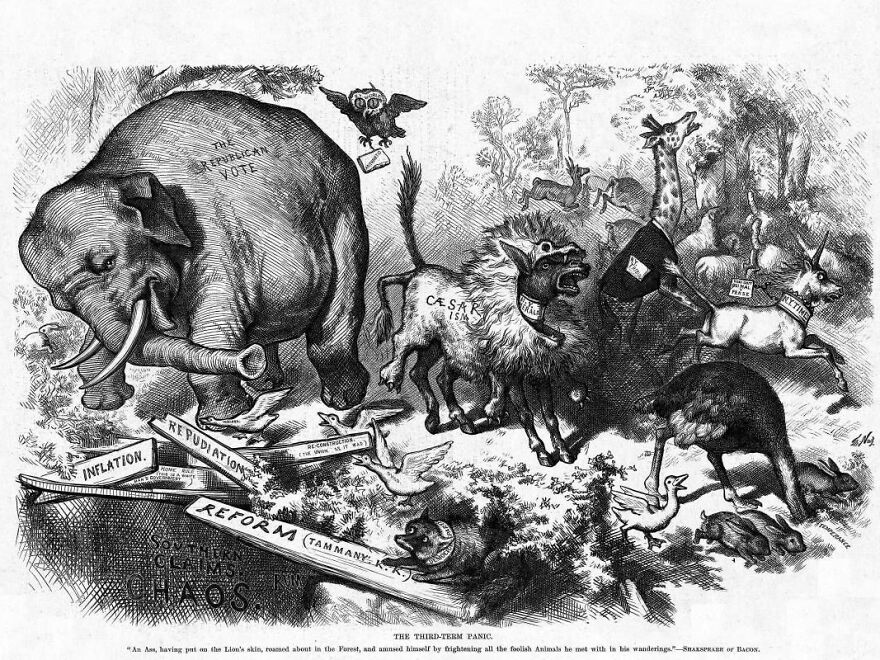
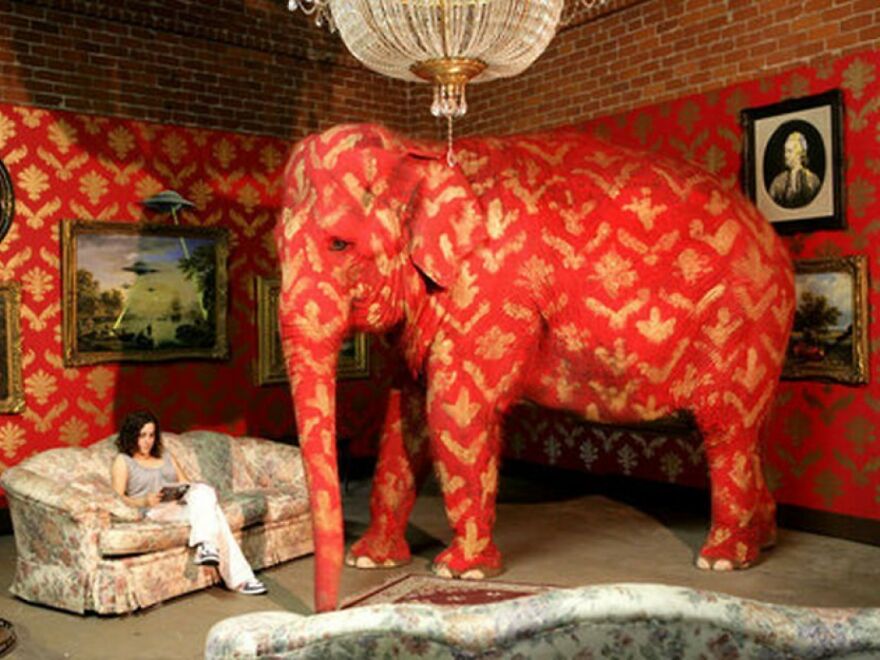
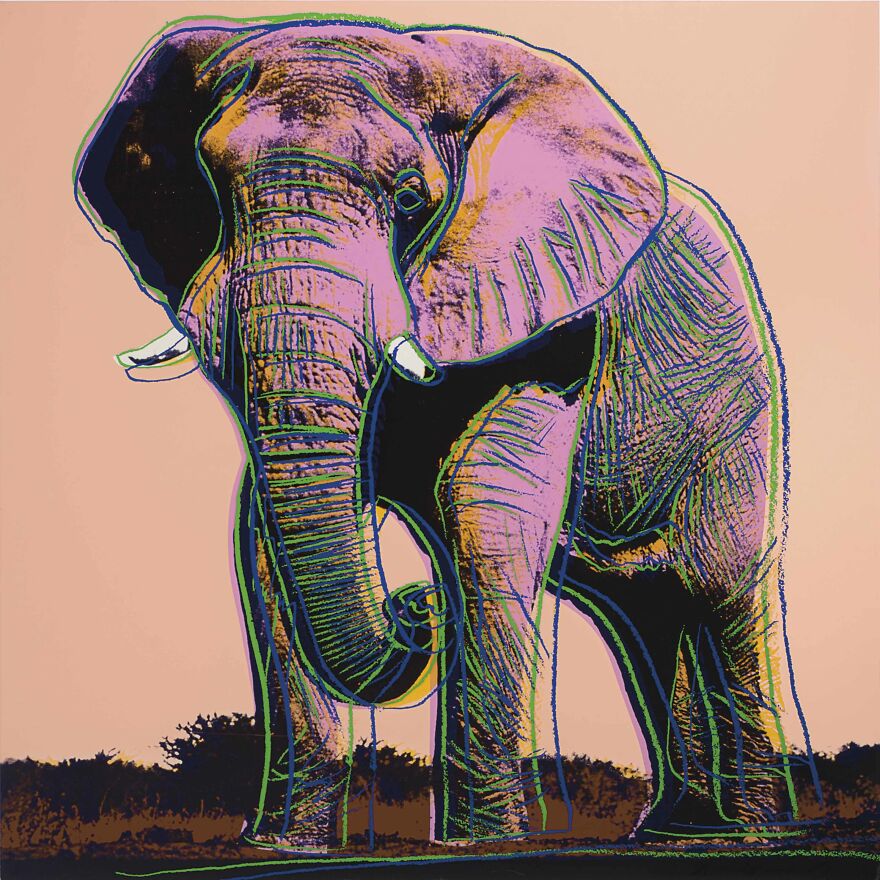
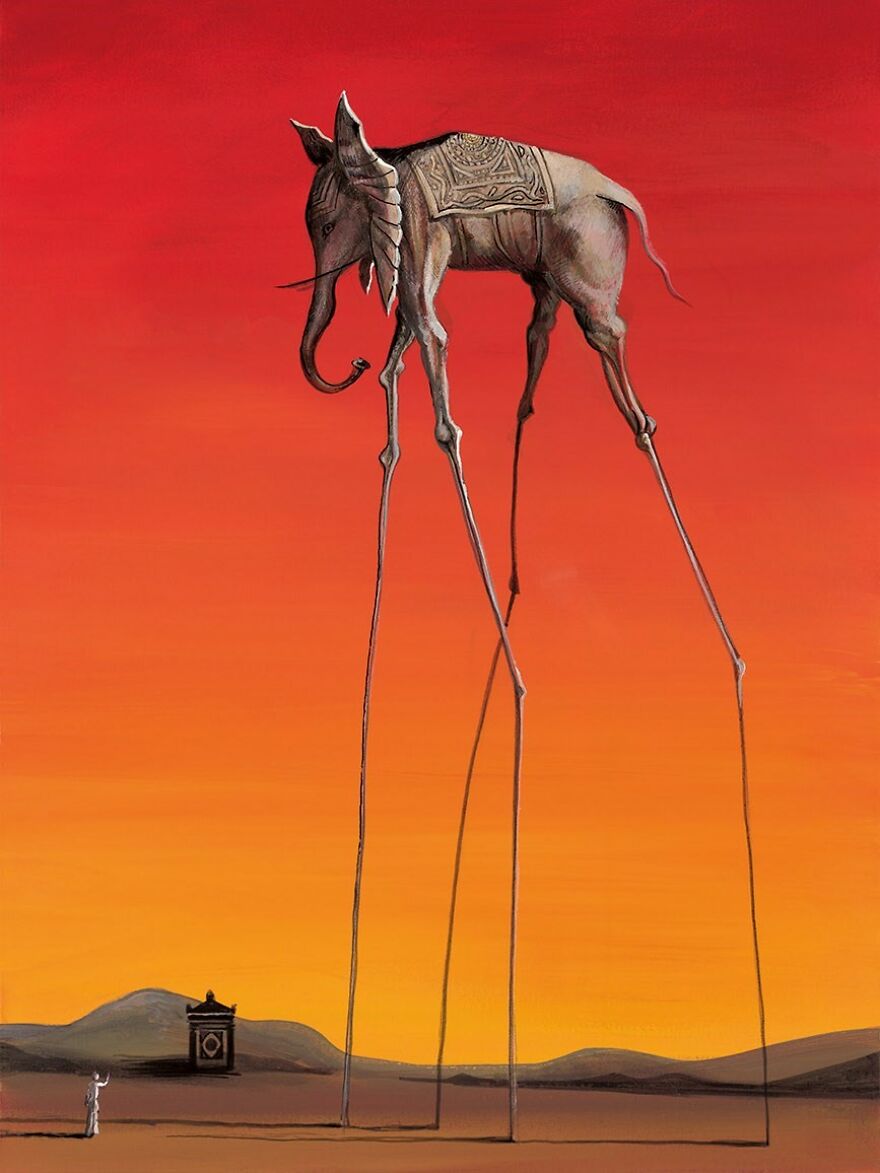
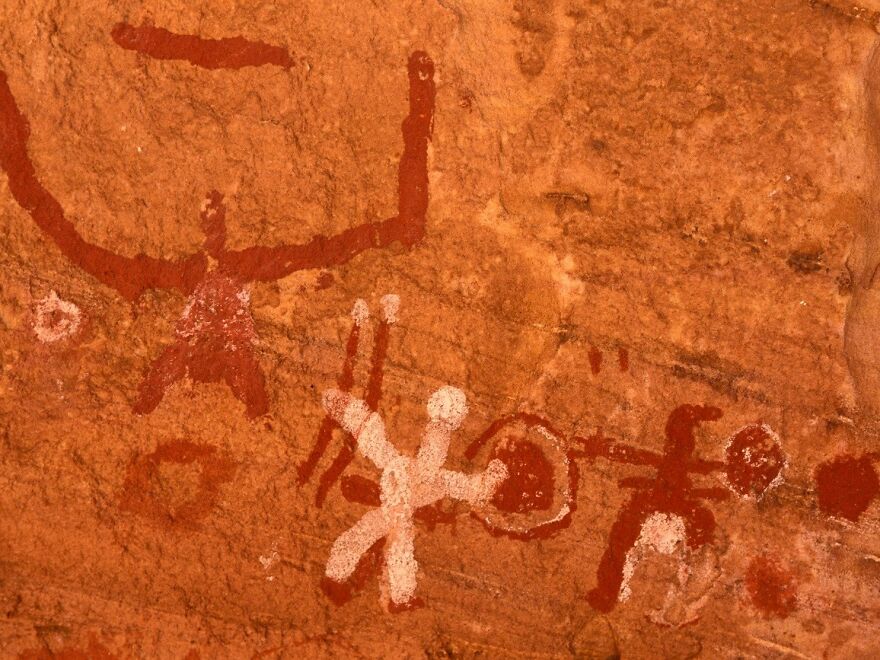
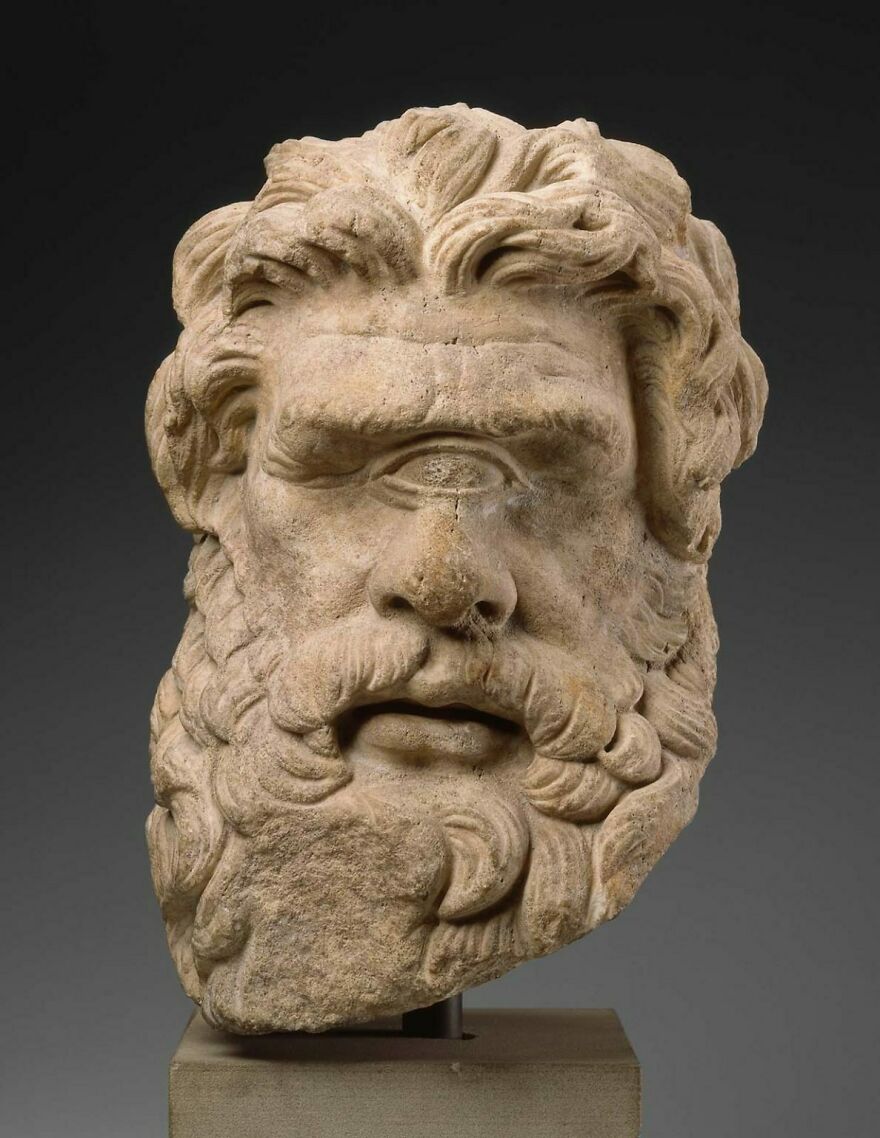
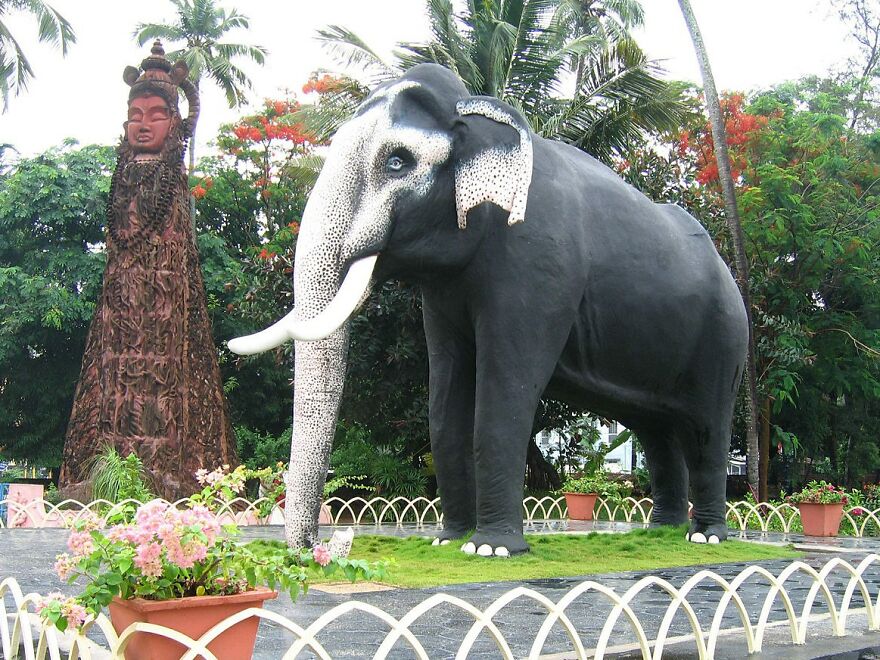
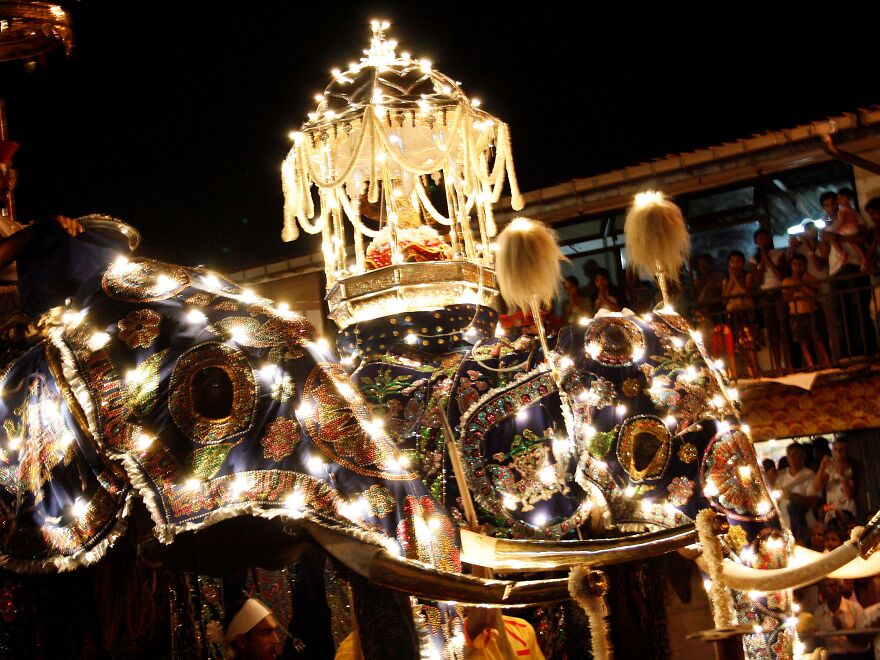
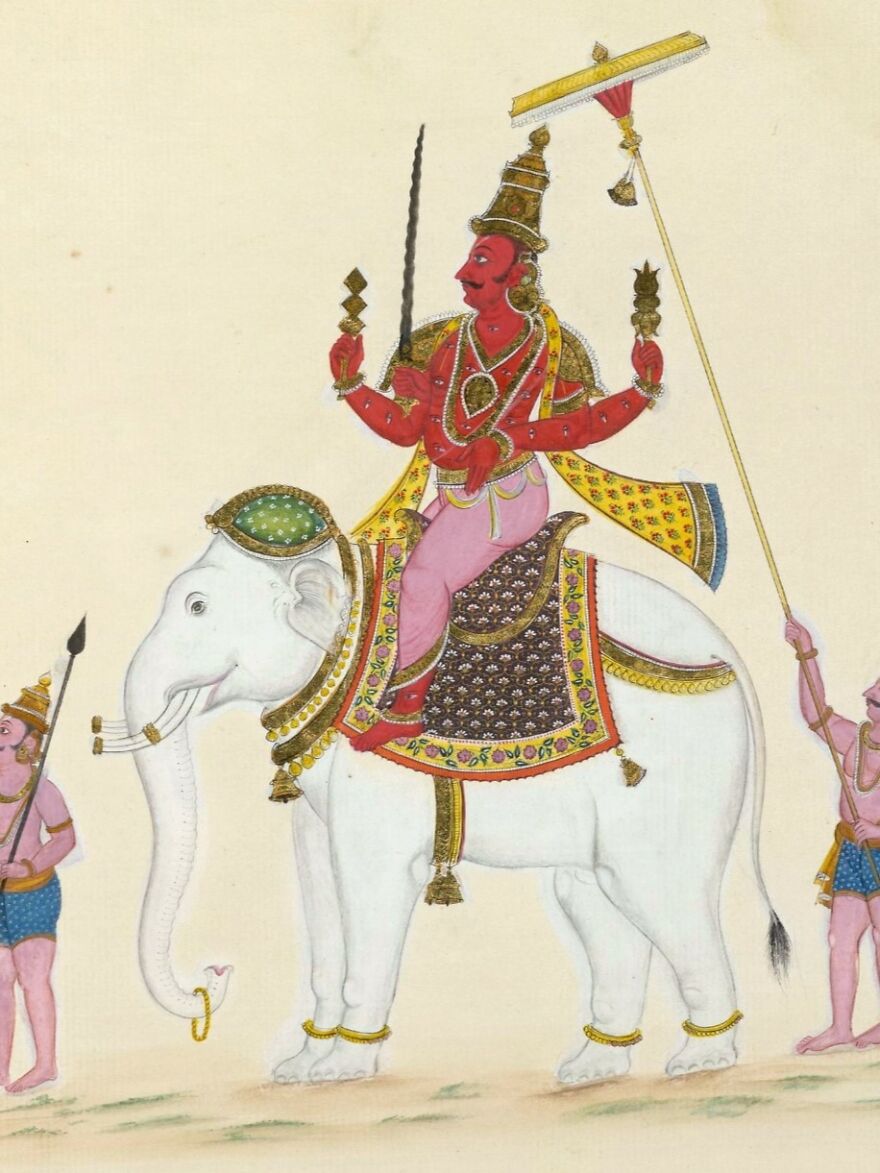
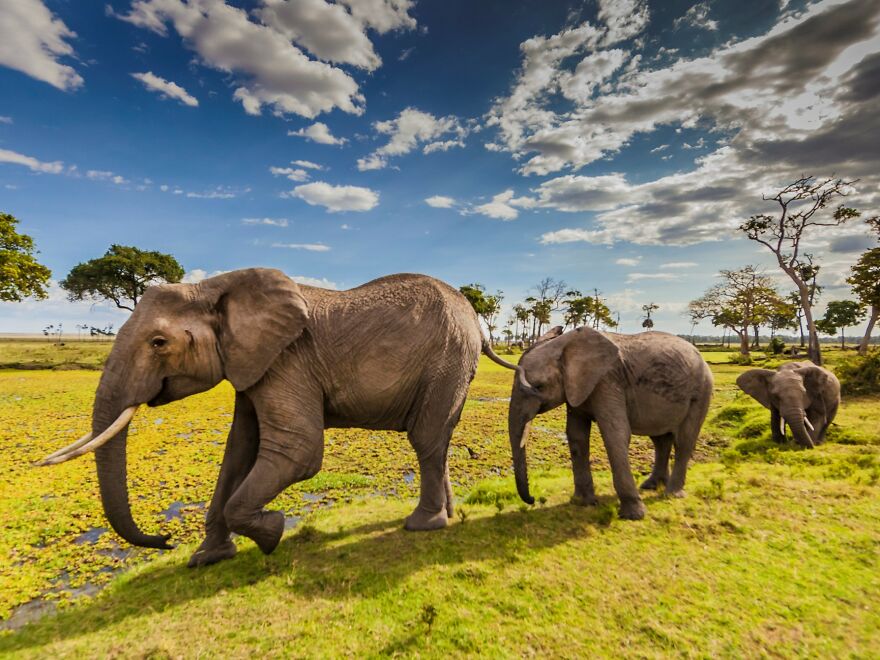
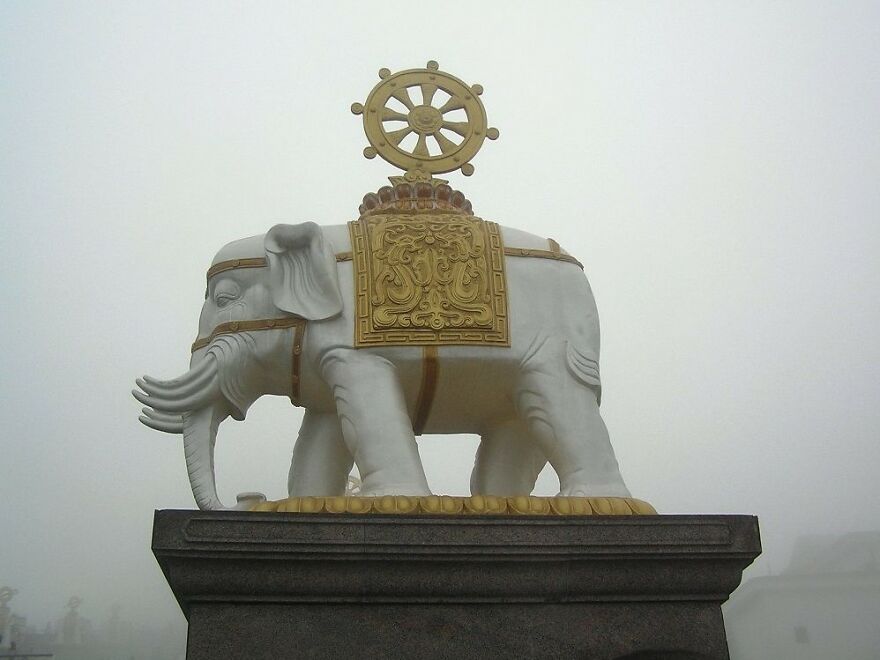
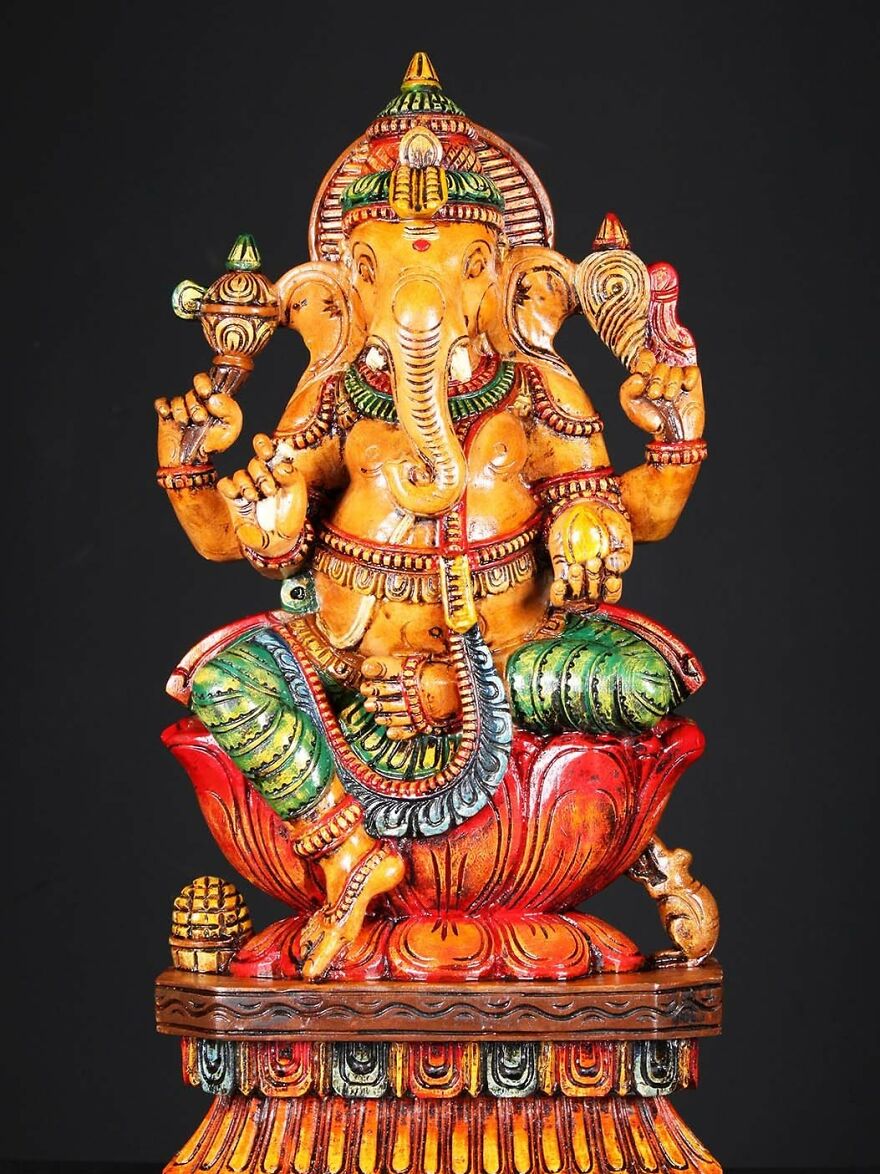
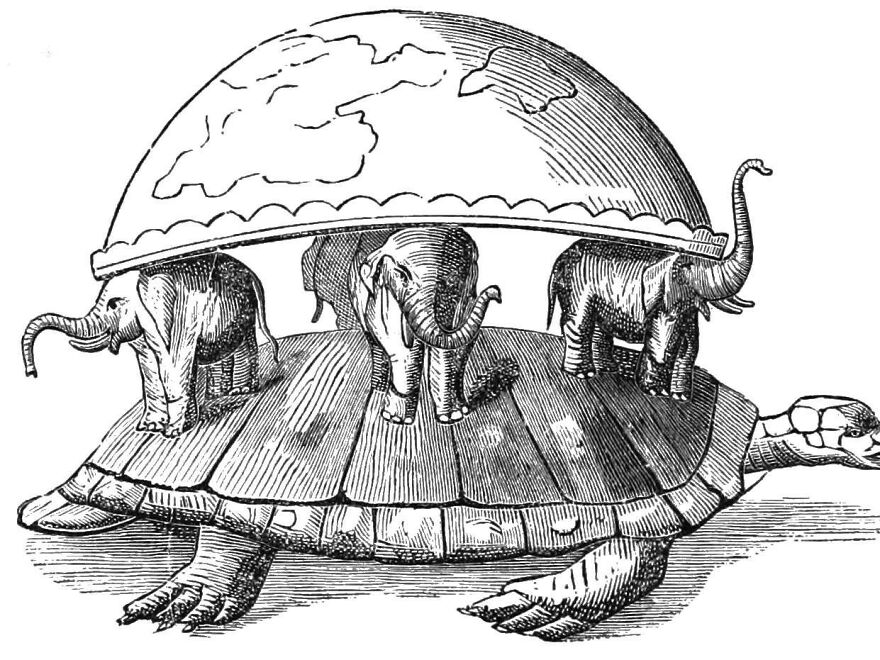
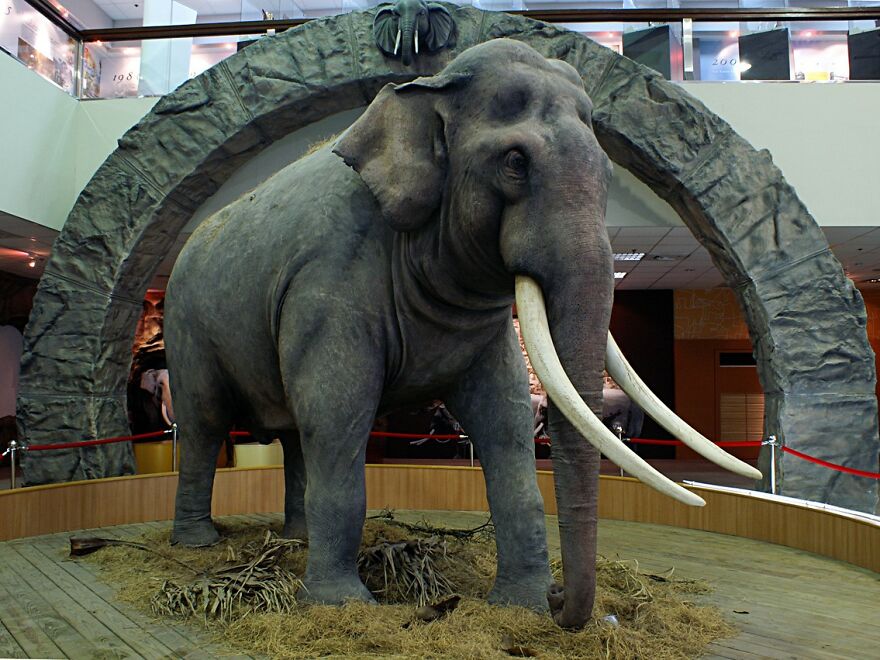
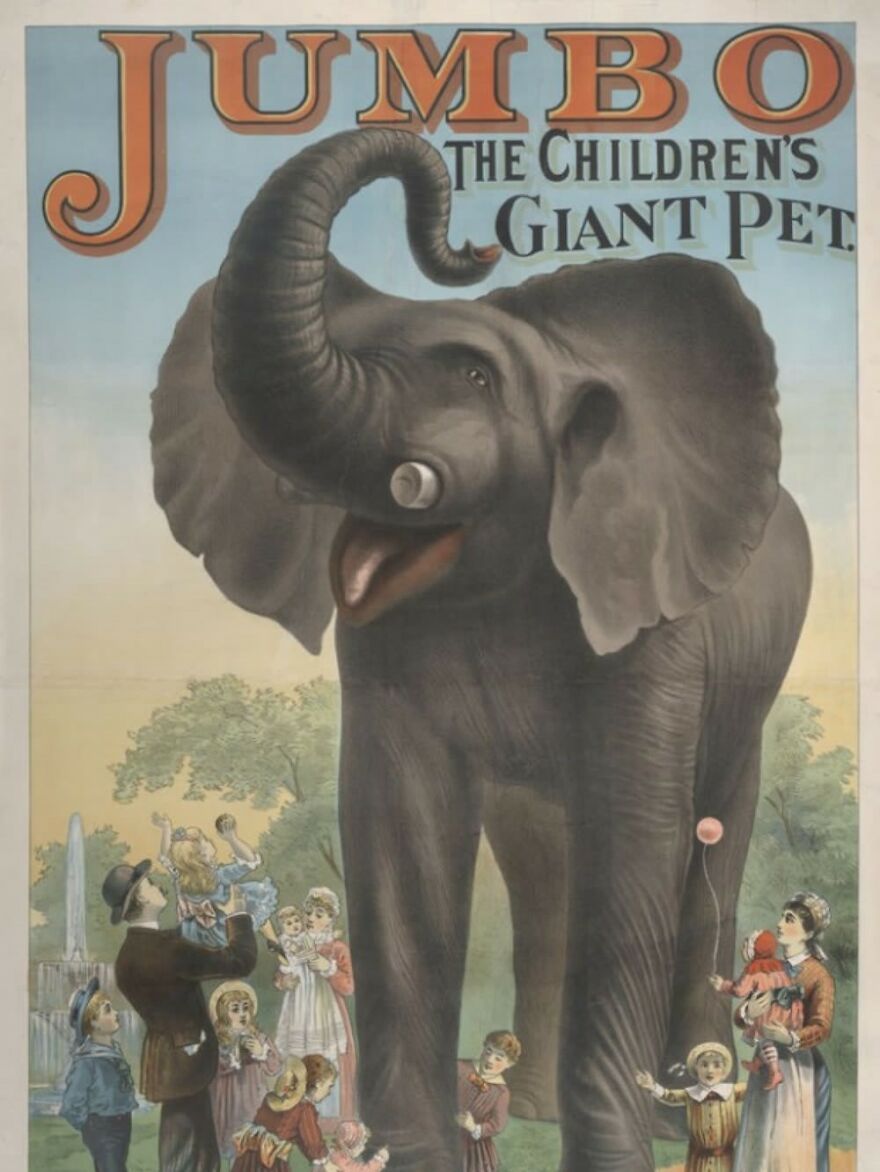
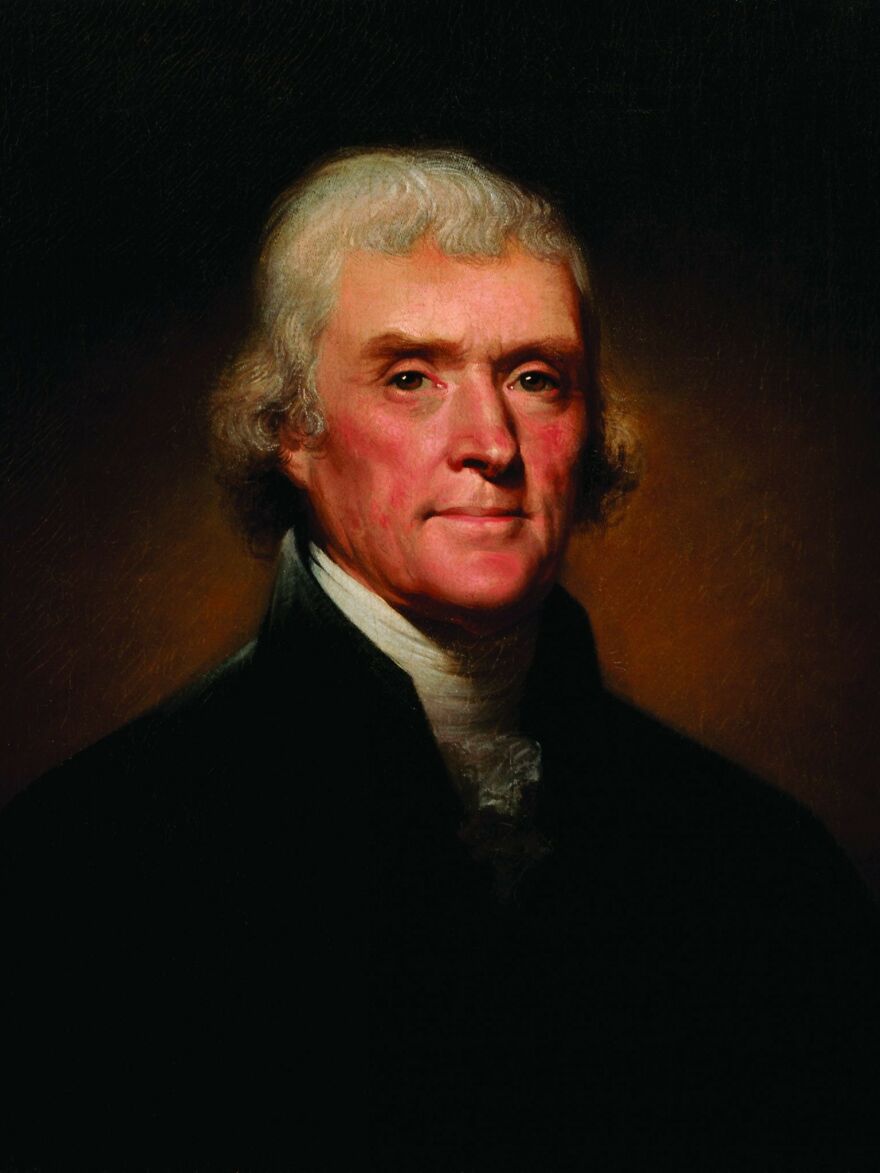
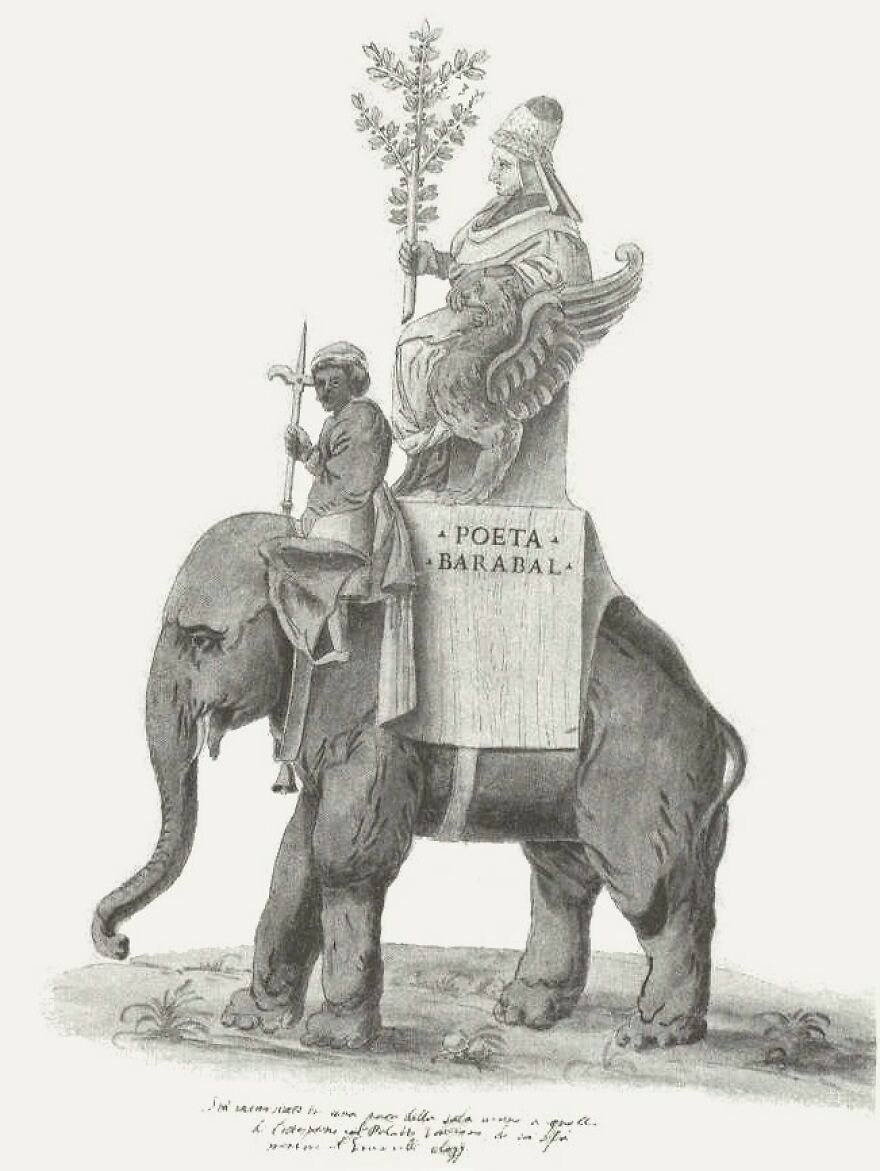
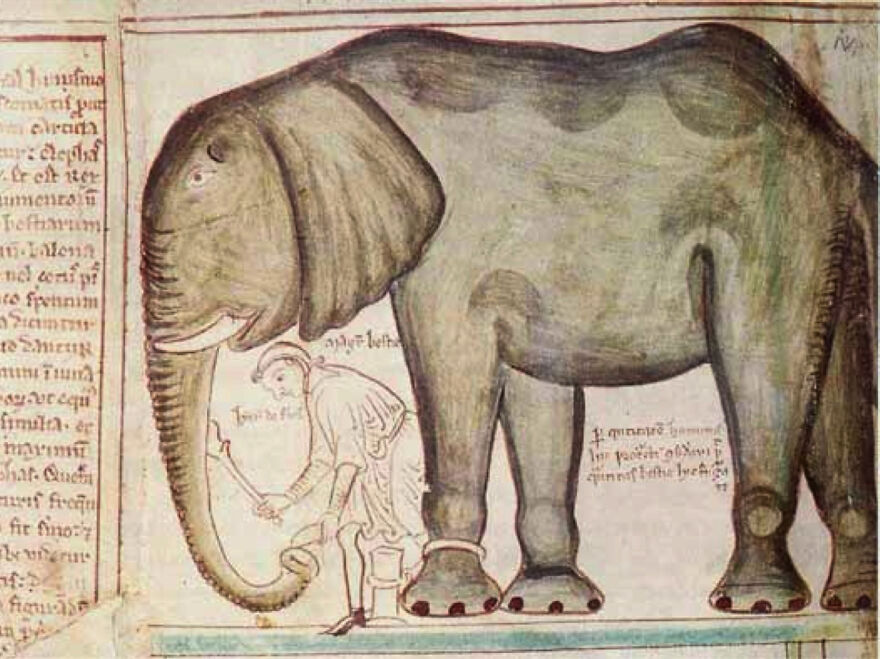
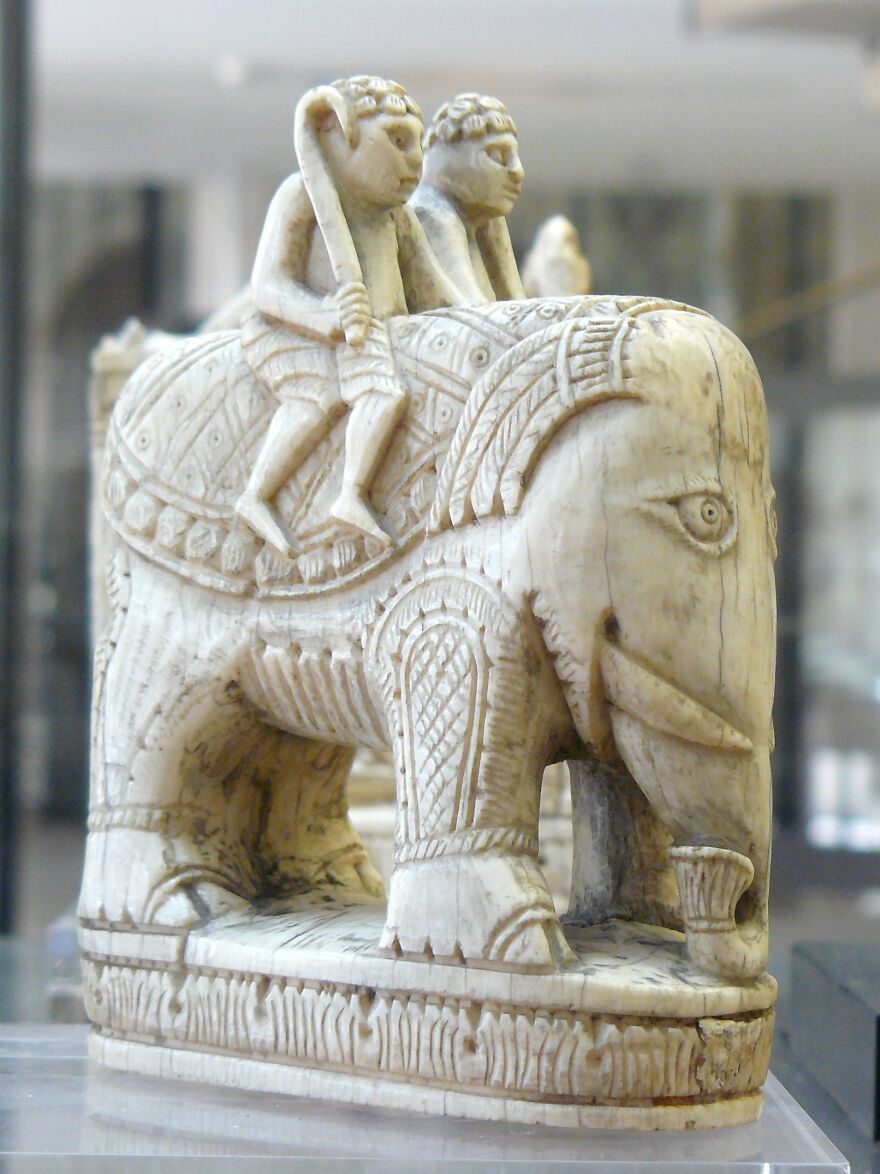
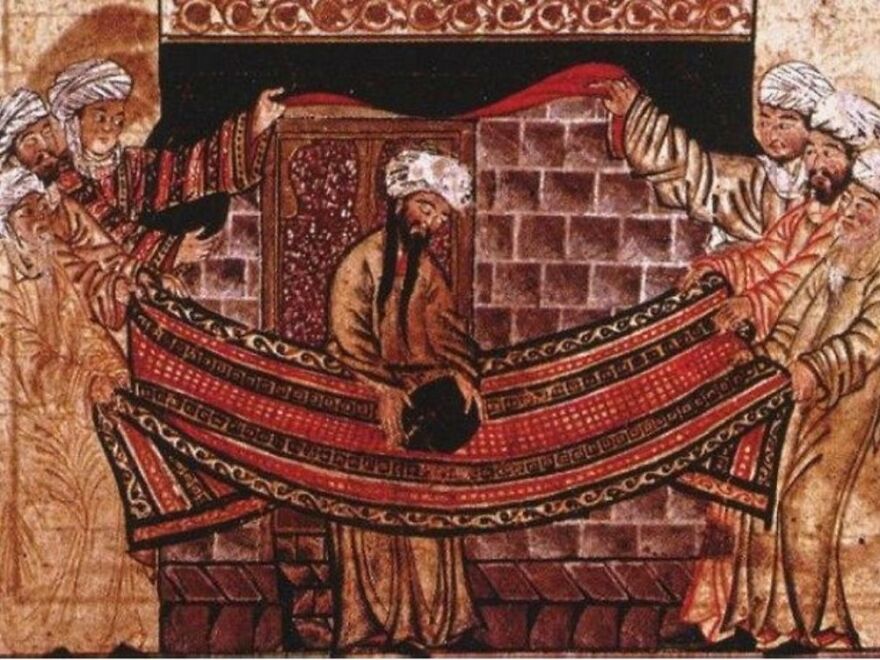
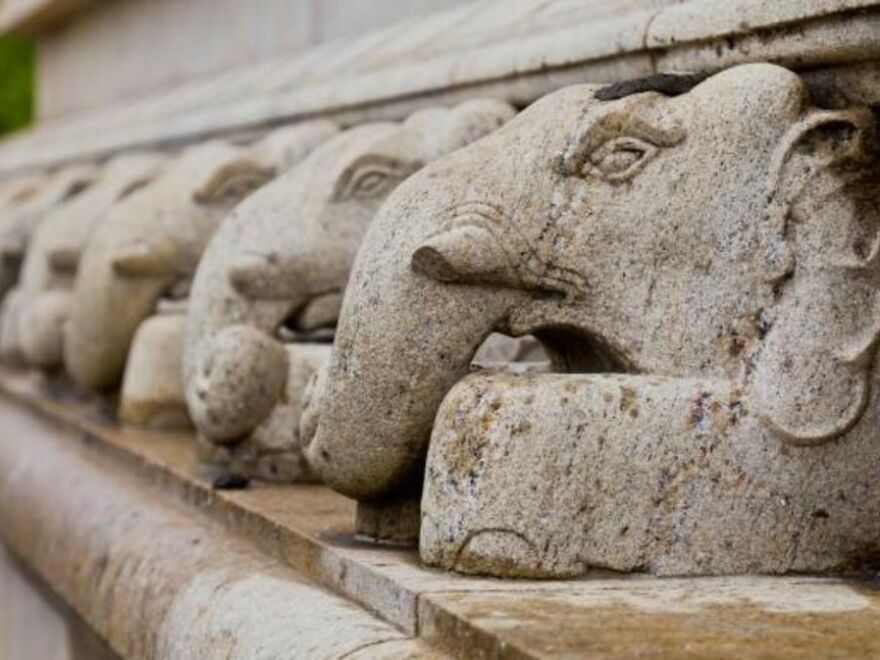
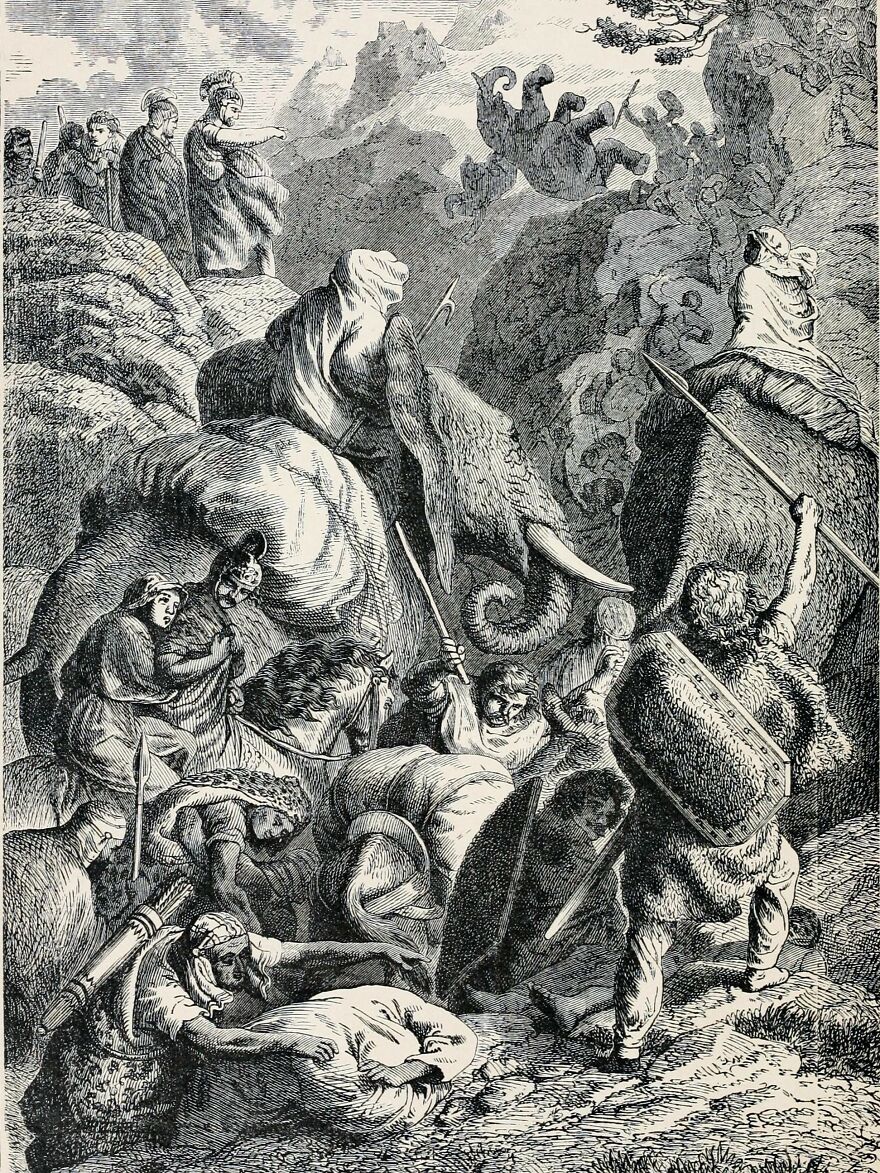
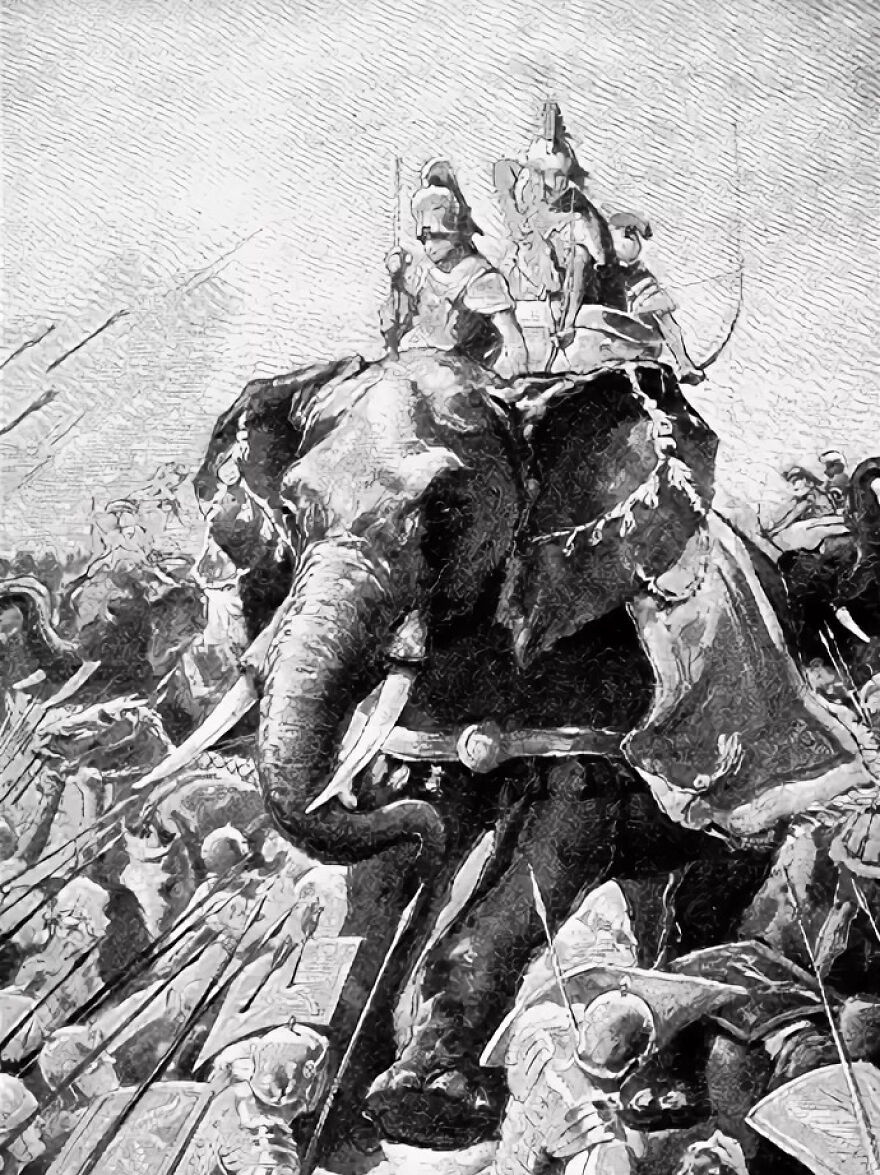




26
2